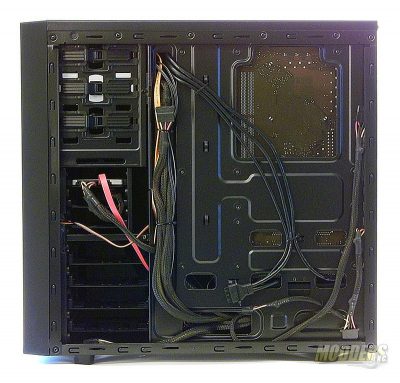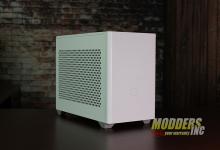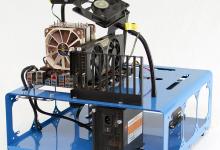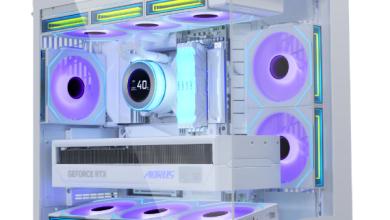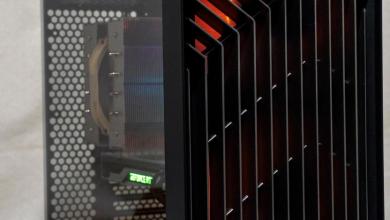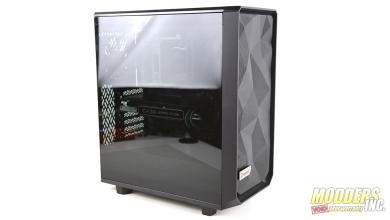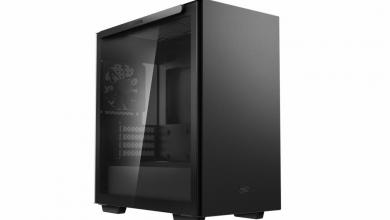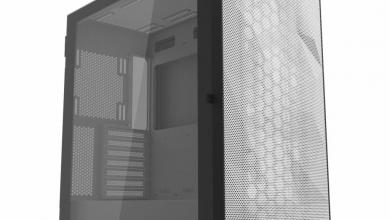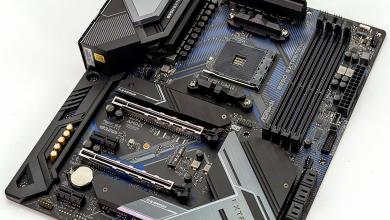Tesseract SW by DeepCool Case Review
Ok! Lets build this unassuming Tesseract!
I will be mounting an ASUS P5Q SE PLUS Motherboard with an Intel E8500 CPU and stock Intel cooler. Two 2gb sticks of OCZ PC2 6400 Reaper Series ram and an Invidia GeForce GTX 260 video card. A standard DVD/CD burner was installed into the front facing drive bay and a crucial 500gb 2.5-inch SSD. Also is a standard cabled LSP Ultra ATX Power Supply. They system is running Windows 10 Pro.
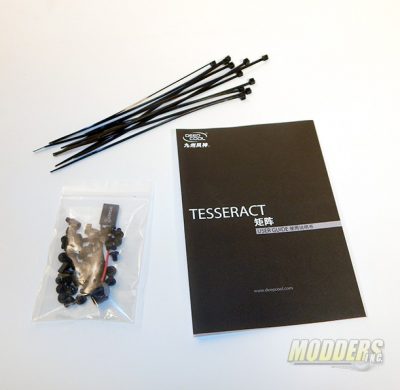 The parts kit comes with all the necessary screws, standoffs, and wire ties you will need. The manual is also in this package. You will have plenty of the necessary screws and ties to do the job.
The parts kit comes with all the necessary screws, standoffs, and wire ties you will need. The manual is also in this package. You will have plenty of the necessary screws and ties to do the job.
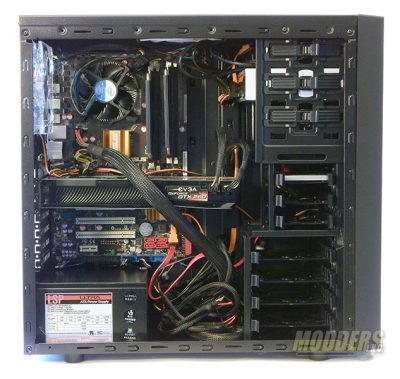 From first laying in the Motherboard to putting in the last cover screw building the Tesseract SW took about 45 minutes. Although the parts kit comes with standoffs for the Motherboard, there were 6 already installed. There are no fiber washers for the Motherboard screws, so if you like to use those, you will have to supply your own. As you can see there is plenty of room for all my components. The only cable I was unable to run through the back was the ATX power cable. All the others were run through the back. If you look close you will see no wires to the SSD. I will explain that later.
From first laying in the Motherboard to putting in the last cover screw building the Tesseract SW took about 45 minutes. Although the parts kit comes with standoffs for the Motherboard, there were 6 already installed. There are no fiber washers for the Motherboard screws, so if you like to use those, you will have to supply your own. As you can see there is plenty of room for all my components. The only cable I was unable to run through the back was the ATX power cable. All the others were run through the back. If you look close you will see no wires to the SSD. I will explain that later.
Cable routing in the Tesseract SW is pretty straight forward. If I had been using a modular power supply, the bottom of the case behind the power supply would have a much cleaner look. I had to coil up a couple extra power cables here.
On the left you can see the power and data cables for the SSD. There is a small slot in the stiffening rib that I was able to nestle the power cable in. You could easily cut a couple more if you needed more power. The data cable slipped easily between the drive rack and the Motherboard tray. There is a deep channel for all your main cable runs and you can see I tucked a couple extra drive power cables back here also. The three black cables running diagonal across the tray are the Audio and the 3.0/2.0 USB cables. There are plenty of tie-down points. There also seems to be a good amount of space between the back cover and the tray. Overall a pretty clean way for routing your cables. One thing to note is that the Tesseract SW has no rubber grommets on any of the pass-through holes. The edges are rolled, so if your careful, you shouldn’t have any cut wires or cables.
When powered up, the two blue LED front and rear fans give a nice visual effect to the Tesseract SW. I played several rounds of CSS and had no issues with excessive noise or with any of the front panel controls.
